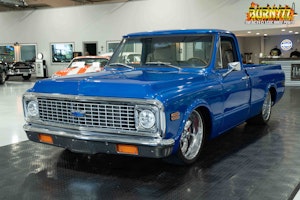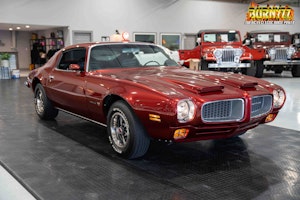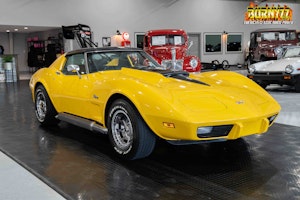Media | Articles
How the Titanic disaster led to one Maserati’s two Indy wins, 28 years later
“Someone once remarked to me – and isn’t this a remarkable way of looking at it? – that this incredible success story would never have been possible without the sinking of the Titanic,” said Donald Davidson, the Indianapolis Motor Speedway’s historian.
Over its 115-year history, a few European carmakers, including Mercedes-Benz and Peugeot, have won the Indianapolis 500. But perhaps the most memorable of European contenders at the Brickyard, handily outclassing even the Ferraris that entered in 1952, is a Maserati. The tale of how it got from Italy to Indy – and won twice – is complicated. And yes, it owes a debt to the Titanic’s loss.
The story begins at the 1937 Vanderbilt Cup, America’s premier road race of the era, which drew a glamorous crowd to Roosevelt Raceway on Long Island. The drivers included Tazio Nuvolari, Rudolf Caracciola, Richard Seaman and Bernd Rosemeyer from Europe’s Grand Prix circuit, and Rex Mays, Mauri Rose, Bill Cummings and Wilbur Shaw from America. A celebrity-spangled crowd attended, including famous sportsmen, entertainers, assorted millionaires and socialites.
Among the entrants was a handsome Italian boxer and aspiring actor, Enzo Fiermonte, whose screen name was William Bird. Fiermonte had charmed a wealthy widow, Madeleine Force Astor, into marrying him despite a great age disparity (he was 25 and she was 40 when they exchanged vows in 1933) and then bankrolling him in various ventures, including the purchase of a Maserati sports car for the race.
Mrs. Astor had been the teenage bride of John Jacob Astor IV, who died when the Titanic sank in 1912 at age 47. Mrs. Astor, having survived the tragedy, inherited a considerable fortune, which helped fuel her generosity.
Marketplace
Buy and sell classics with confidence
Fiermonte proved to have more bravery than talent, qualifying dead last for the race. When Shaw’s entry broke in practice, the race organizers sought to find him an alternative ride; as the reigning Indianapolis 500 champion, he was a considerable draw. The organizers’ solution: Fiermonte was declared insufficiently experienced for the race and replaced in the Maserati by Shaw.
Shaw put on a dazzling driving display in the event, passing 30 other entrants to finish ninth (Rosemeyer won). After the event, Shaw effusively told Mike Boyle, an Indy car owner, “If I had a car like that, I’d win the next 500 in it.”
Boyle obliged and bought him one – two, actually, as the first model sent to him by the Maserati brothers was the wrong car – for $15,000. Shaw made good on his boast and won the 1939 Indy 500 in the 8CTF, and for good measure he also won the 1940 race in the same car, powered by a supercharged in-line eight-cylinder engine of 3.0-liter displacement. Shaw was leading the 1941 race when a defective wheel, mistakenly installed during a late pit stop, failed and caused him to crash. He suffered a broken back, effectively ending his racing career.
But the car was repaired and successfully campaigned for another decade, winning races and accolades unequaled by another car in Indianapolis Motor Speedway history. The Ernesto Maserati-designed 8CTF, a 1938 model with the chassis number 3032, was subsequently designated by the National Historic Vehicle Register as one of America’s most historically significant vehicles.
It was the crown jewel in the Indianapolis speedway’s museum, which opened in 1956 with a display of six cars. The 8CTF remains one of the crown jewels today, even though the speedway’s collection now has grown to more than 400 vehicles.
“It was, without a doubt, the most successful racecar in the history of the track, finishing first twice,” said Davidson. “It broke while leading another two times, finished third in 1946 and 1947, and fourth in 1948.”
“Bill Vukovich passed his rookie test in it in 1950,” Davidson continued. “It was still being raced competitively as late as 1953 – when it was 15 years old.”
20170726011150)









